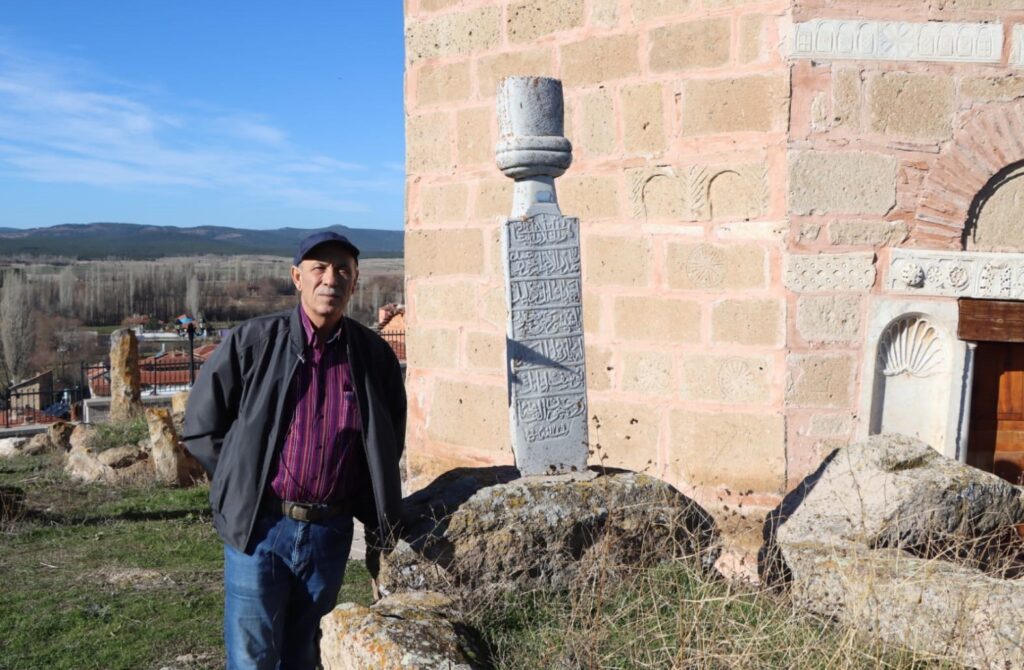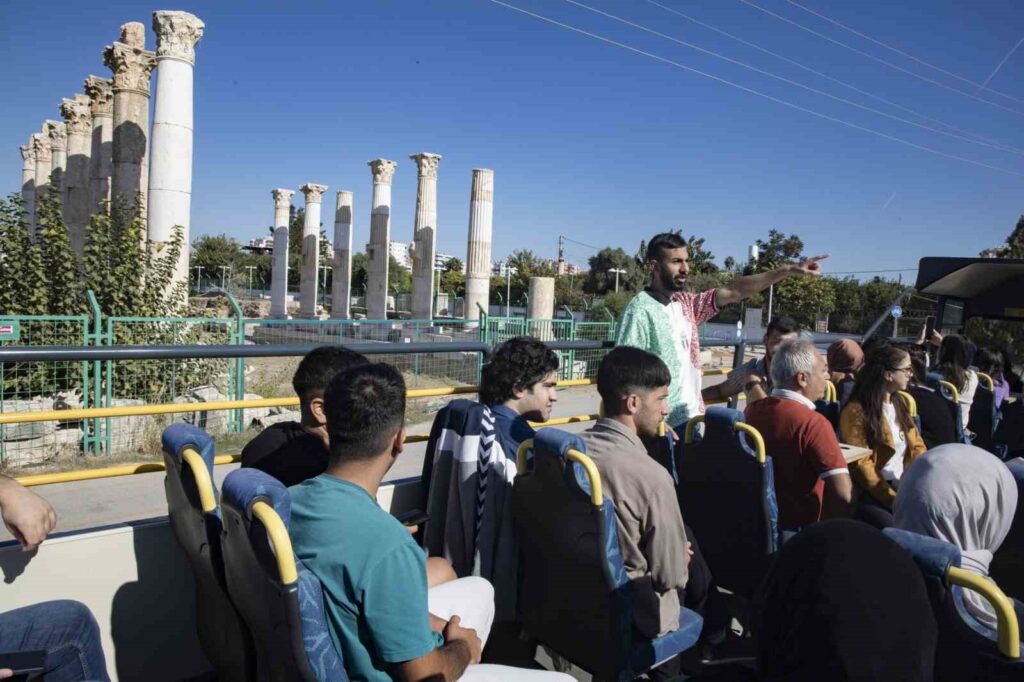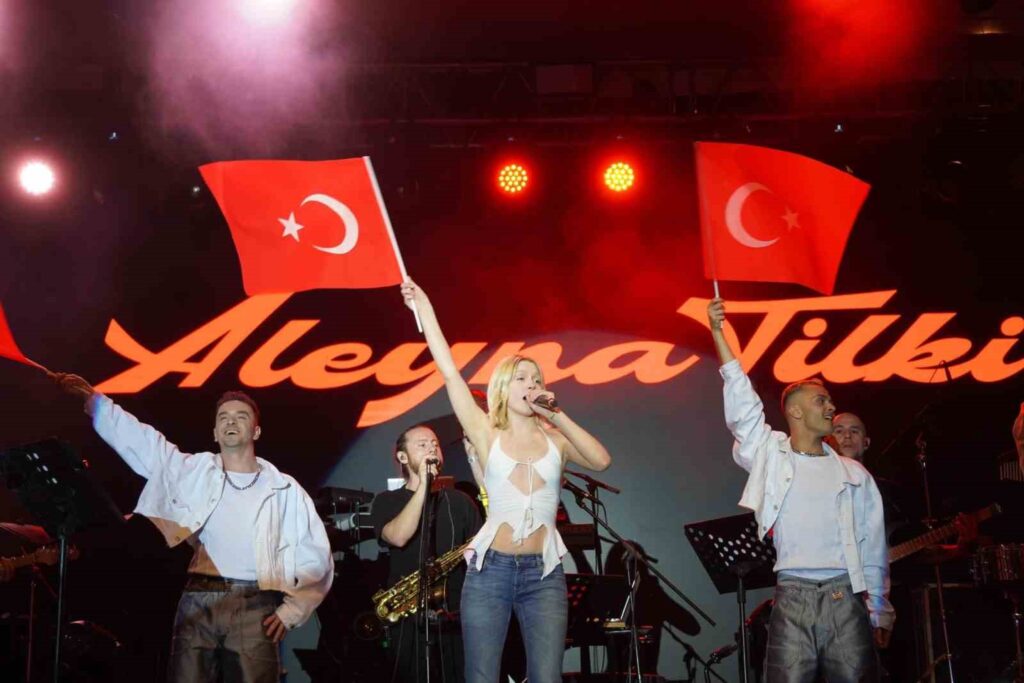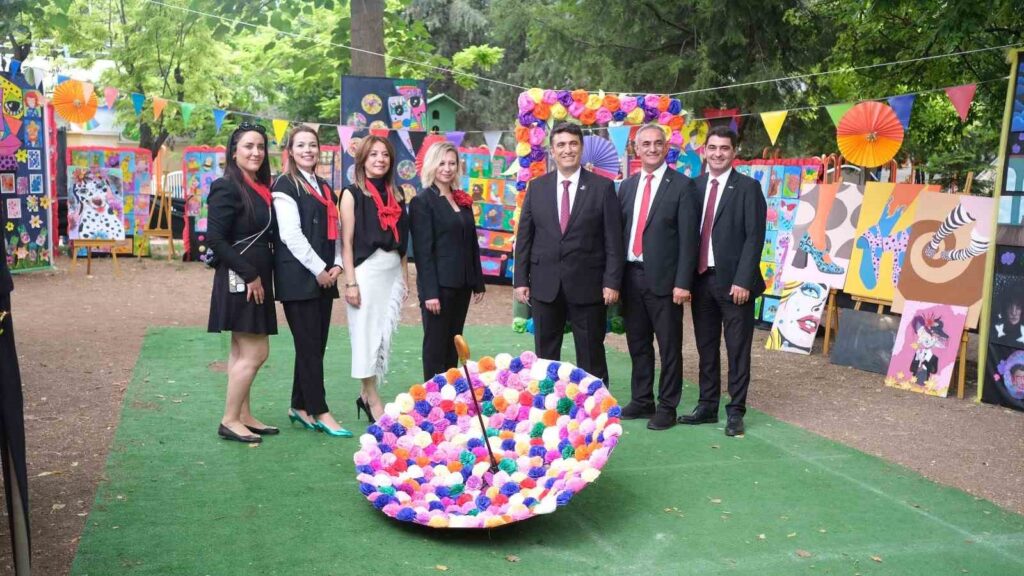These historical artifacts are seeking promotion and preservation
Seyitgazi district of Eskişehir, which has a historical background dating back to the Phrygians, is home to dozens of historical artifacts from different periods. The region, where many artifacts have been destroyed either by natural conditions or by unconscious individuals, is in need of more protection measures to preserve its historical heritage.

The Seyitgazi district of Eskişehir, whose historical background dates back to the Phrygians, hosts dozens of historical artifacts from different periods in its Kümbet village. Seydi Ay, the neighborhood headman, emphasizes the need for better promotion and utilization of the region for tourism, pointing out that many artifacts have been damaged either by natural conditions or by unconscious individuals, and calls on the authorities to take action.
The Kümbet village in the Seyitgazi district of Eskişehir stands out with its historical and natural beauties. Named after the Seljuk mausoleum, this village attracts attention with Seljuk architecture and other historical textures. The picturesque Kümbet village captivates visitors with its harmony of green and brown. However, the serious damage to some historical artifacts from the past to the present also draws attention. Negligence towards the historical artifacts in Kümbet village, which is a popular destination for many tourists, raises concerns about the future of these artifacts.
‘The sunken city Meros, where the first sewage system and network water in Anatolia were used’
Kümbet Village Headman Seydi Ay expressed the inadequacy of the protection of the artifacts and the need for maintenance in some areas of the region, calling for help from the authorities. Headman Ay emphasized the historical importance of Kümbet village and explained the following:
‘Kümbet village’s history dates back to the Phrygians. The city known as Meros in history is the first known city. According to the information we received from archaeology professors, Phrygians lived in the sunken city Meros where the first sewage system and network water in Anatolia were used, in the region we are in, and engaged in agriculture. Phrygians also lived in Yazılıkaya, which was the city of King Midas. Many Phrygian monuments are found in the region. After the Phrygians, there is a period when the Romans lived. Roman marbles are present in today’s buildings. Then the Seljuks lived in the region, and the mausoleum from which our village took its name is a Seljuk structure. According to rumor, it is thought that the person buried in the tomb is Immet. The lion temple is an important temple left by the Phrygians. The tomb has survived from the Seljuks to the present day. There are also Ottoman tombs around the tomb. The most important person for us in the Ottoman tombs is Murşid Ahmet Pasha, the grand vizier of Sultan Mahmud II. Murşid Ahmet Pasha, of Georgian descent, reached the rank of grand vizier. The grand vizier’s chief advisor, Yaralı Yusuf Ağa, is an Ottoman official. His tomb is located next to the mausoleum. Yaralı Yusuf Ağa served for 2 years, 7 months, and 22 days. He is the equivalent of today’s prime minister’s chief advisor. I am talking about the tombstone from 1822.’
‘The artifacts are not adequately protected’
Muhtar Seydi Ay, stating that the artifacts in the region have not been adequately protected so far and some of them have been damaged by treasure hunters, said, ‘For example, there is a church that has been completely destroyed by treasure hunters, a pitiful situation. But there is a castle that we can say has almost not been damaged at all. We locally call this castle the 40 Stairs Castle because it has a cistern with about 40 stairs inside. I can say that this castle has been the best preserved until today. There is only one entrance gate, it is not possible to enter from any other place, it is a completely natural artifact. It has never been touched until today and has not been damaged by treasure hunters. Cameras, an electrical system are quite important for the protection of the region and need to be done. Transportation should be easy for people so that treasure hunters cannot easily make illegal excavations. There should be simple stairs so that people cannot easily perform excavation work there. If transportation is easy, a treasure hunter cannot come and dig, because there is always a possibility of someone coming. A solar-powered camera system can also be installed in the region.’
‘There is not even a single bench to sit around the tomb’
Muhtar Ay emphasized the need for maintenance of the 40 Stairs Castle, which is quite important with its Phrygian structures, Lion Temple, Kümbet Mausoleum, and Ottoman tombs, and stated that the cistern inside the castle needs to be cleaned, saying, ‘Restoration was done for the tomb, but grass is growing on it. Frankly, I do not understand this restoration. If grass is growing on the tomb, it means water is entering here. If water enters the tomb, the tomb is in danger. The joints between the bricks needed to be cleaned so that water and seeds would not enter in this way. There are so many old structures in our village waiting to be restored. There is not even a single bench to sit around the tomb, frankly. There should be an area where our visitors can take a 5-minute break. I bought a motorized grass trimmer, I paid 27 thousand liras for it. I did this for tourists to come to a cleaner environment. No one cares. I have been a headman for 2 and a half months, I did my best for tourists, but the rest is beyond me. We want 2 staff members to reside in this village temporarily for 6 months, even if it is from the Ministry of Tourism or the General Directorate of Foundations, or the governorship. These staff can take care of cleaning and grass cutting. We want to host guests, but these beauties are about to be destroyed, this situation is very sad. Our village is very beautiful, we want them to visit, we want everyone from both domestic and foreign countries to see our historical values. If they have suggestions, let’s go to the relevant authorities. We always welcome everyone.’
‘At least a thousand 500 tourists come annually’
Muhtar Ay stated, ‘We currently have a tremendous number of visitors. We have constant local and foreign tourists. Every group that comes is very crowded. There is so much demand from Turkey that people from all walks of life come. At least a thousand 500 to two thousand tourists come annually. I can say this with peace of mind.’







